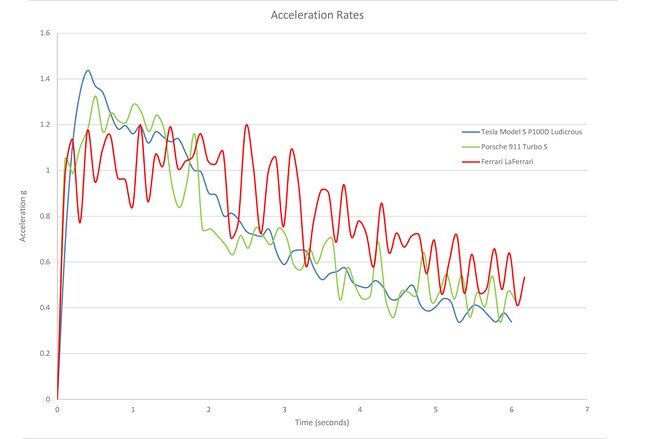Hillhater
100 TW
As Arlo said, the Tesla is software limited to 18,000 rpm @155 mph (240 kph)Doctorbass said:Tesla are using induction motor that run over 10krpm if i remember..
so 3 time 3050rpm is 9150rpm and 3 time 84kmh is likely close to the max speed of the Tesla S right
Doc
So 84kph would be about 6100 rpm at the motor.
...But i dont know how that affects their motor torque (Nm) figure , which may be calculated from some other input.
Isnt there some formula relating power, rpm and torque ?




